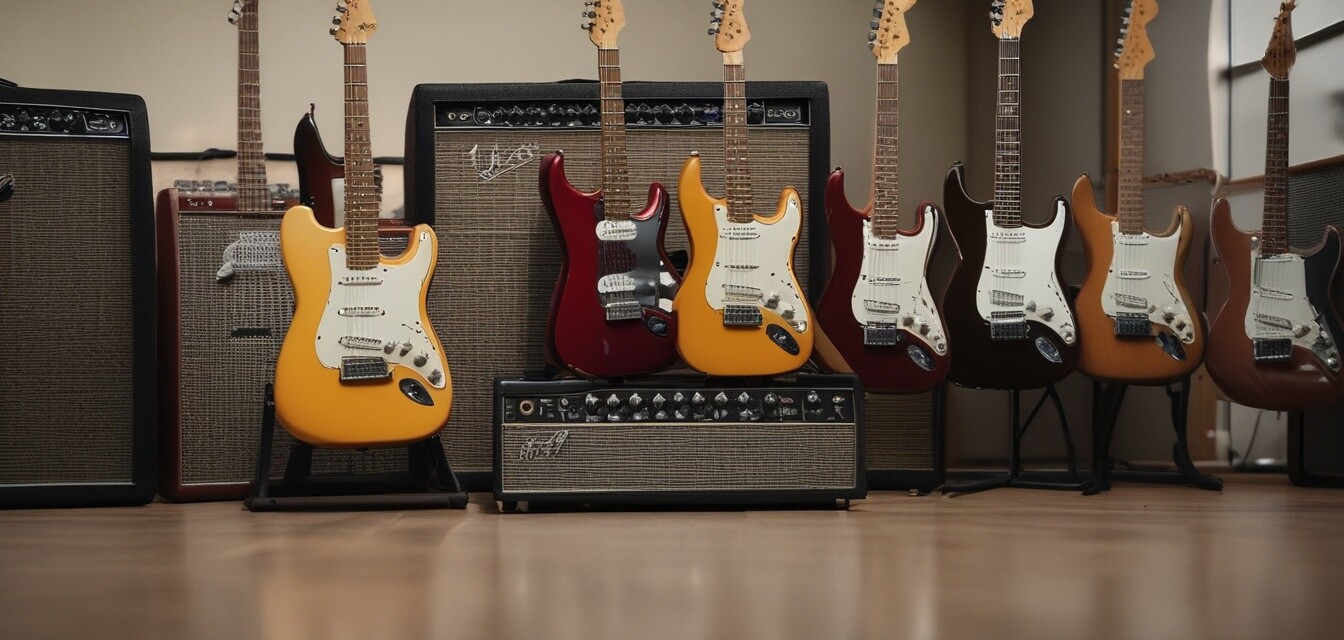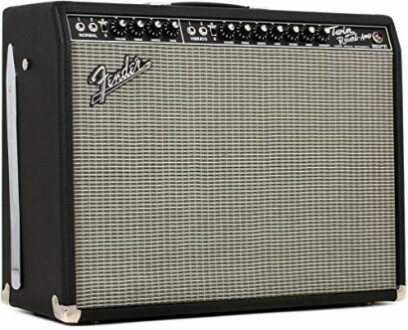
How to Pair Your Fender Guitar with the Right Amp
Key Takeaways
- Understanding wattage and its effect on volume.
- Identifying the sound characteristics of different amp models.
- Considering your musical genre when selecting an amp.
- Matching speaker size with amp output for optimal performance.
- Exploring the effects and features that complement your guitar style.
When it comes to electrifying performances, choosing the right amplifier for your Fender guitar is just as important as selecting the instrument itself. Not only does the amp influence the overall sound, but it also elevates your musical experience. In this guide, we’ll cover essential tips on how to pair your Fender guitar with the perfect amp, ensuring you achieve the tones you desire.
1. Understanding Amplifier Wattage
Wattage signifies the power an amp can produce. Higher wattage means a louder output but can vary in sound quality depending on the amp type.
| Wattage | Volume Level | Best For |
|---|---|---|
| 5 - 15 Watts | Bedroom level | Practice and small gigs |
| 20 - 40 Watts | Moderate volume | Rehearsals and smaller venues |
| 50+ Watts | Very loud | Larger venues and outdoor gigs |
2. Matching Your Guitar Style with Amp Types
The type of music you play will significantly affect your amp choice. Here’s a breakdown of common genres and recommended amp types:
- Rock: Consider tube amps for their warm tone and dynamic response.
- Jazz: Solid-state or hybrid amps may suit your needs for clean, crisp sounds.
- Blues: A tube amp with gain options can help create lush, overdriven tones.
- Metal: High-gain amps are a must for aggressive sound and distortion.
3. Choosing the Right Speaker Size
Speaker size affects not only the volume but also the quality of sound dispersion. Typically, the following sizes offer different sound profiles:
| Speaker Size | Sound Characteristics |
|---|---|
| 8” | Tighter, punchy sound; great for small spaces. |
| 10” | Balanced sound; versatile for multiple genres. |
| 12” | Fuller sound; ideal for rock and blues. |
| 15” | Deep low end; used in bass amps. |
4. Exploring Effects and Features
Many modern amplifiers come equipped with built-in effects. These can enhance your sound and add versatility to your performances. Here are features to consider:
- Reverb for depth and space.
- Delay for creating echoes.
- Chorus for adding richness to your tone.
- Distortion settings for enhanced overdrive.
Fender 65 Twin Reverb Guitar Amplifier
Renowned for its legendary clean tone, this amplifier delivers pure, loud sound at 85 watts, perfect for any performance.
Learn More5. Serious Considerations for Beginners
Tips for Choosing Your First Amp
- Start with a low-wattage model to practice quietly.
- Look for multi-effects amps to explore different tones.
- Choose a brand that offers good customer support.
- Test the amp in-store before buying to hear how it complements your guitar.
6. The Importance of Brand Compatibility
While you can mix brands, pairing a Fender guitar with a Fender amplifier often leads to optimized sound. Brands design their instruments and amplifiers to work well together. Moreover, many guitarists appreciate the consistency in sound quality across different Fender products.
Conclusion
Selecting the right amp for your Fender guitar may seem daunting, but by considering wattage, sound characteristics, speaker sizes, and the types of effects you want, you'll find the perfect match. Whether you’re playing in a garage band or performing on a stage, having the correct amplifier will enhance your overall sound and enable you to express your musicality fully. We hope this guide helps you make a well-informed decision!
Fender Champion II 25 Guitar Amp
With 25 watts and an array of built-in effects, this amp is a fantastic choice for beginners and versatile players alike.
Learn MoreFurther Resources
For more information on Fender guitars and amplifiers, check out the following guides:

